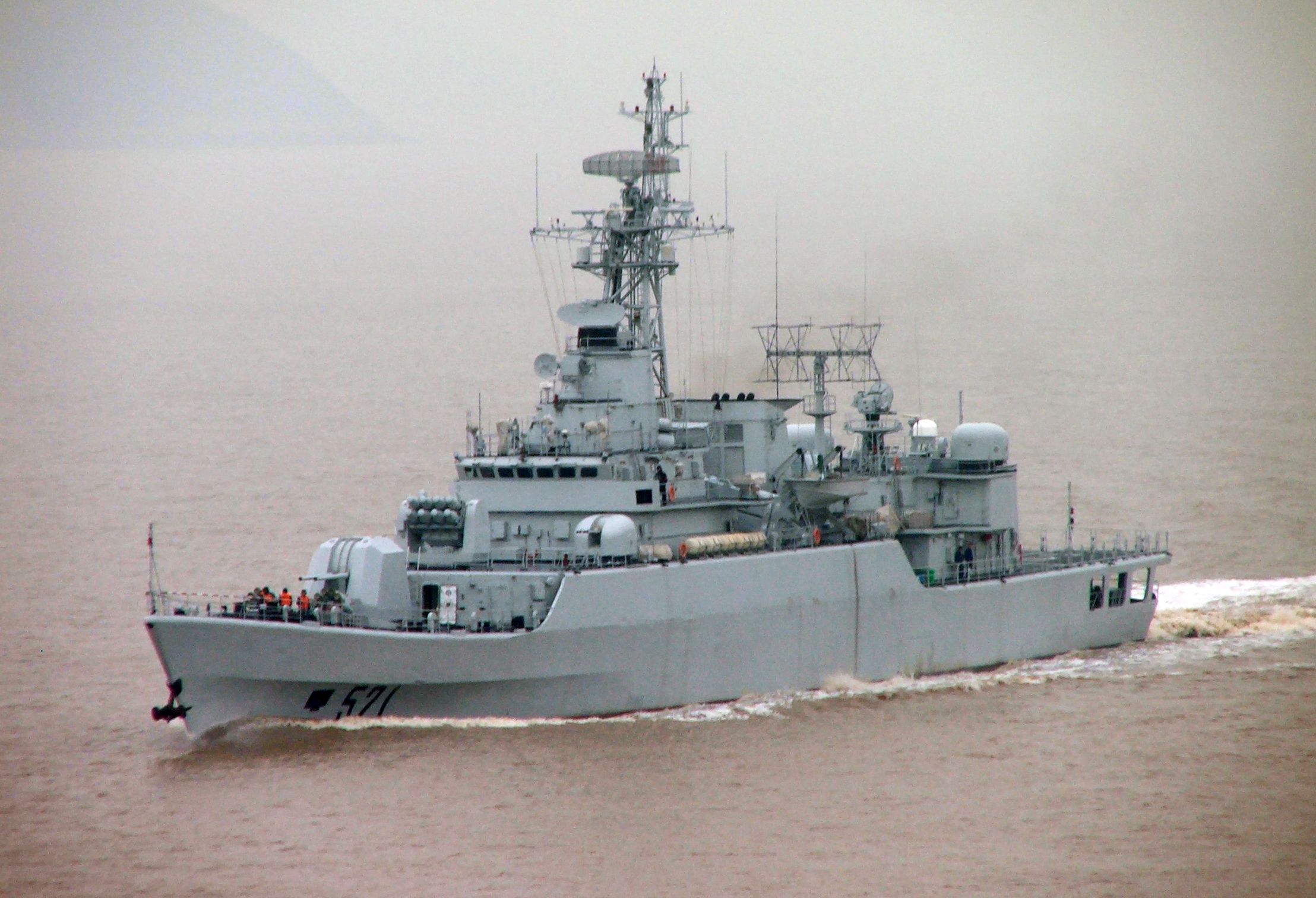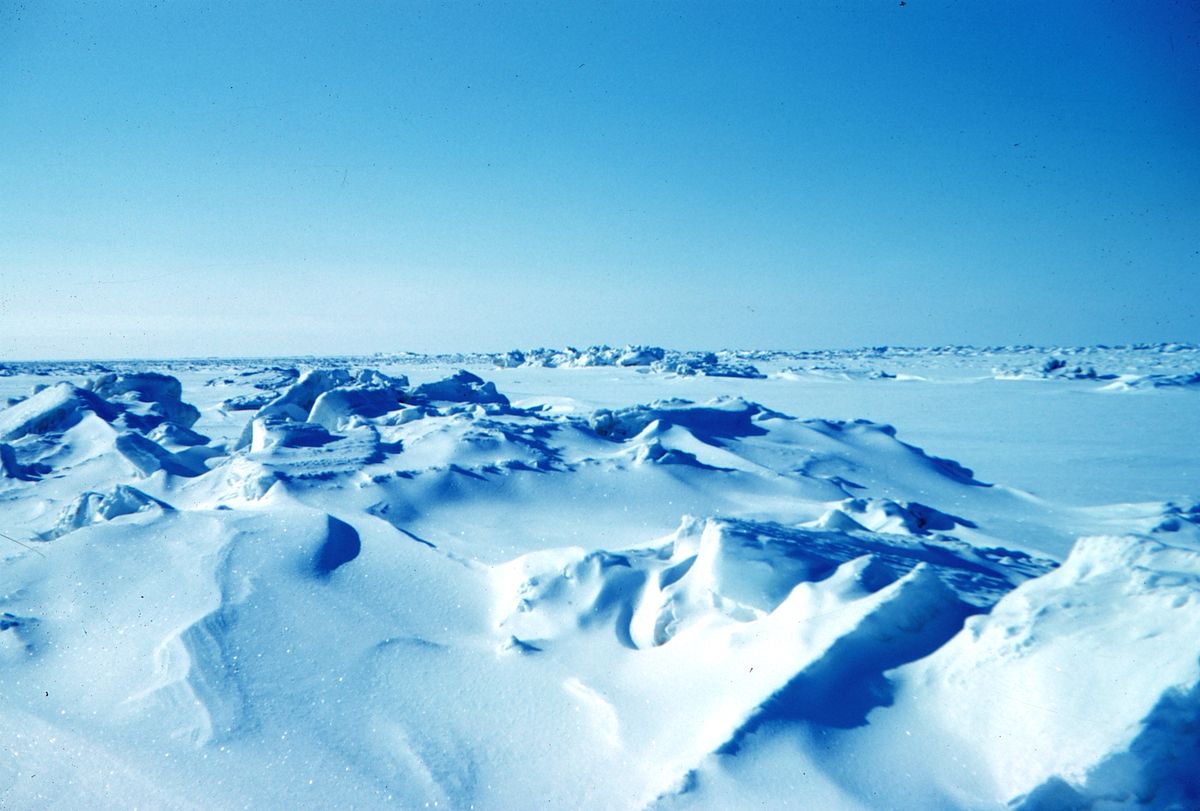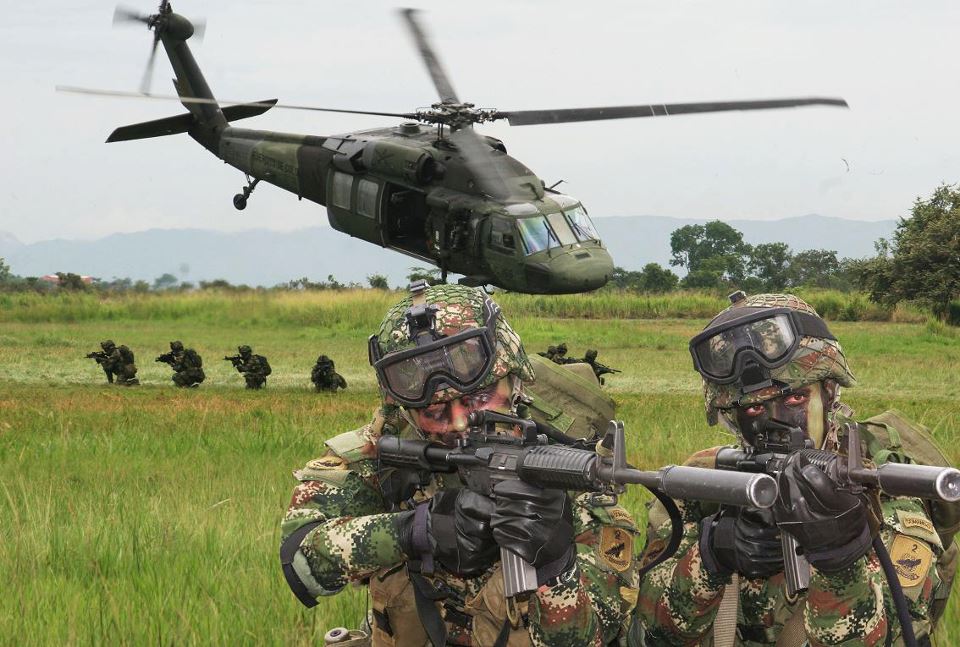Canada has the longest coastline of any country, which presents Canada with one of its greatest security challenges. Although work is underway to modernize and expand the Royal Canadian Navy (RCN), some of Canada’s most vulnerable waterways, namely in the Arctic, are difficult to reach and routinely patrol. Maintaining the sheer size of manned fleet necessary for the defence of Canada’s entire coastline would be beyond what Canadian finances and infrastructure would allow.
As such, there is growing interest in autonomous solutions. Northrop Grumman has proposed a modified version of the RQ-4 Global Hawk high-altitude long-endurance Unmanned Aerial Vehicle (UAV), known as the Polar Hawk, to patrol Canada’s Arctic airspace. Such aircraft would cost approximately $225 million, but each drone would be equipped with a suite of sophisticated sensors allowing it to survey as much as 100,000 square kilometres each day while remaining airborne for 28 hours. Perhaps more interesting for the defence of Canada’s coastline, however, the former Commander of the RCN, Vice Admiral Mark Norman, issued his own proposal in the final days prior to his promotion to Vice Chief of the Defence Staff: underwater sensors.
According to VAdm Norman, an underwater sensor network and an expanded role for land-based radar would allow Canada to detect vessels approaching or entering Canadian territorial waters. RCN vessels or other Canadian defence assets could respond to the incursion, while any readings from this sensor network could be used as evidence of the violation of Canadian territorial waters when pursuing legal or diplomatic remedies. Furthermore, such an underwater sensor network could come to encircle the United States as well, falling under the purview of the North American Aerospace Defence Command (NORAD) or a similar body.
This innovative approach to maritime domain awareness might find favour under Canada’s new Liberal government, especially given the cost pressures facing the Canadian Armed Forces. But it also presents an interesting new perspective on Canada’s relationship with the US in the Arctic. Since its Arctic policy was first articulated under President Richard Nixon, it has been US foreign policy that the Northwest Passage is not part of Canadian internal waters, but is rather an international waterway. The transit of the Northwest Passage by SS Manhattan in 1969, albeit while escorted by CGCS Louis S. St-Laurent, was intended as a direct challenge to Canada’s claims of sovereignty over the waterway. As such, a shared defence of Canada’s Arctic with the US would seem to ignore the challenge the US presents to Canada in the region.
Most likely, this is because any underwater sensor network would see more use addressing issues with commercial shipping rather than military incursions by other Arctic countries like the Russian Federation or Denmark. Illustrative of this, eight ships were lost in Arctic Circle waters in 2006. Less than a decade later, in 2014, there were 55 ship casualties in these waters. Thus far, the risk to human life and environmental impact of these accidents have been relatively limited, but it is apparent that Canadian and American maritime forces currently lack the means to respond quickly and effectively to a serious disaster in Arctic waterways. With countries such as China demonstrating a growing interest in commercial shipping via Arctic waterways, saving human lives and containing the environmental damage clearly trumps politics over ownership of the Northwest Passage.
Photo: Three Polar bears approach the starboard bow of the Los Angeles-class fast attack submarine USS Honolulu (2003), by Chief Yeoman Alphonso Braggs, US-Navy via Wikimedia Commons. Public Domain.
Disclaimer: Any views or opinions expressed in articles are solely those of the authors and do not necessarily represent the views of the NATO Association of Canada.




